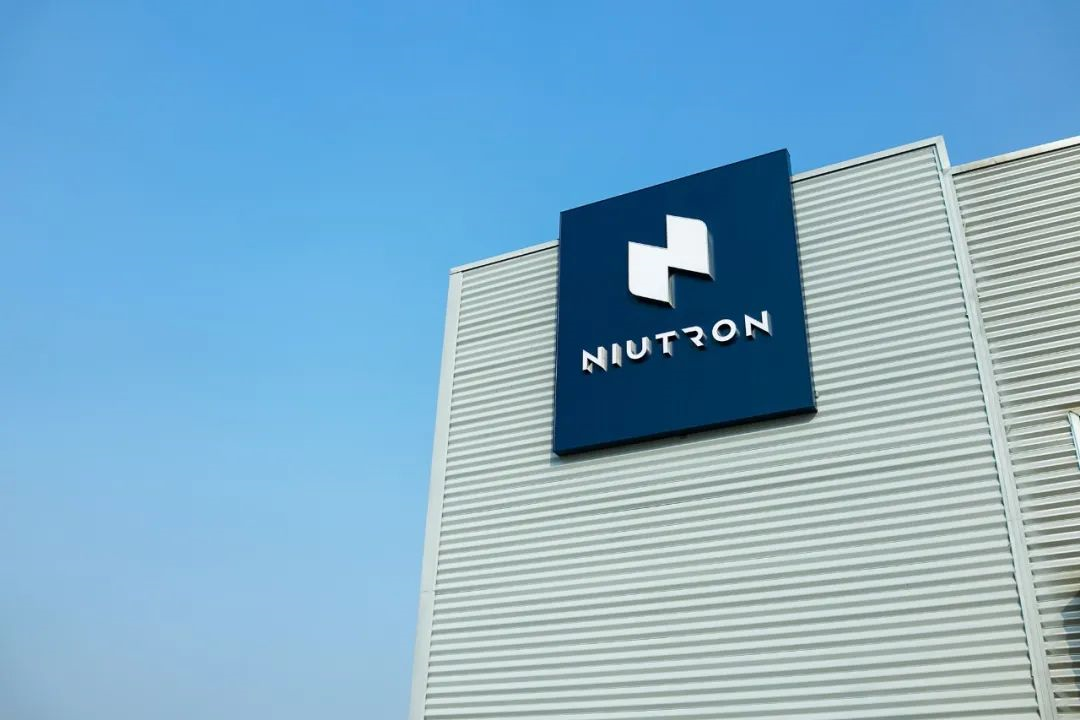New Player in Automotive Industry: Ziyoujia
Ziyoujia, once the factory of Dacheng Automobile in Changzhou, Jiangsu, has now welcomed new masters. Today, Ziyoujia and its founder Li Yanan announced to the outside world through a simple media communication meeting that they have officially entered the automotive industry.
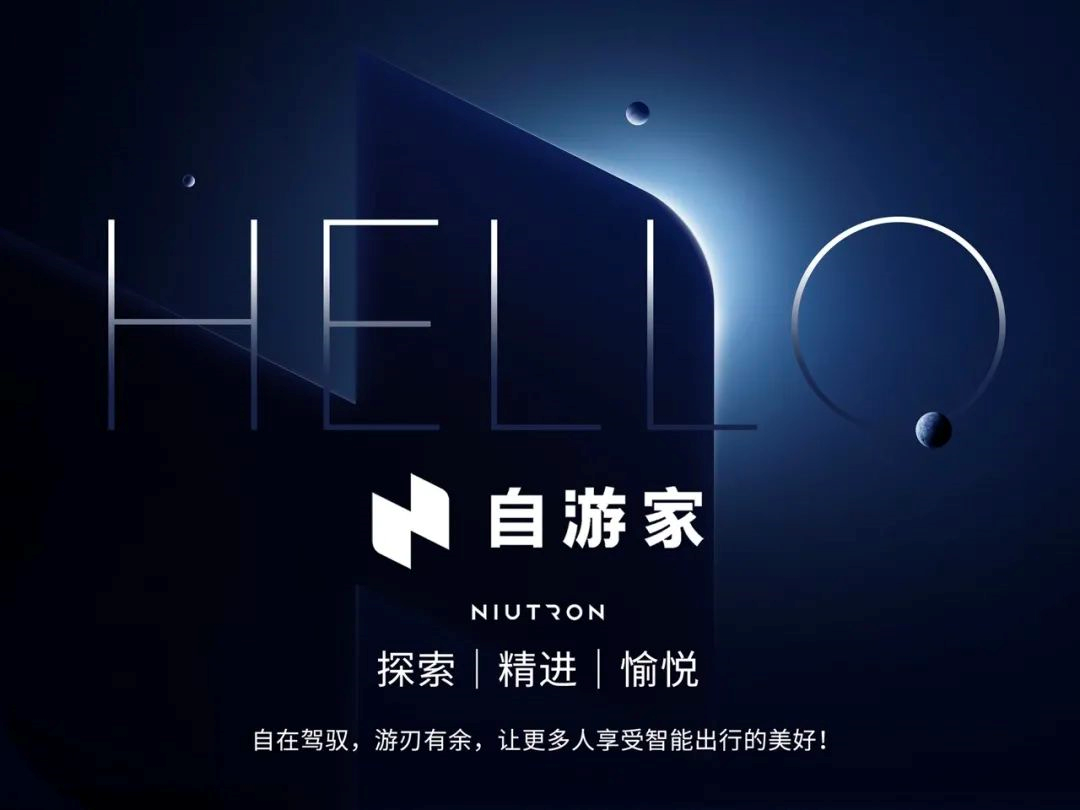
Ziyoujia has received a total of $500 million in Series A financing and gained investment from globally renowned institutions such as IDG and COATUE. It has a R&D team of 1,000 people, with its brand headquarters located in Beijing, a research and development center in Shanghai, and a modern, intelligent manufacturing base covering an area of 770,000 square meters in Changzhou.
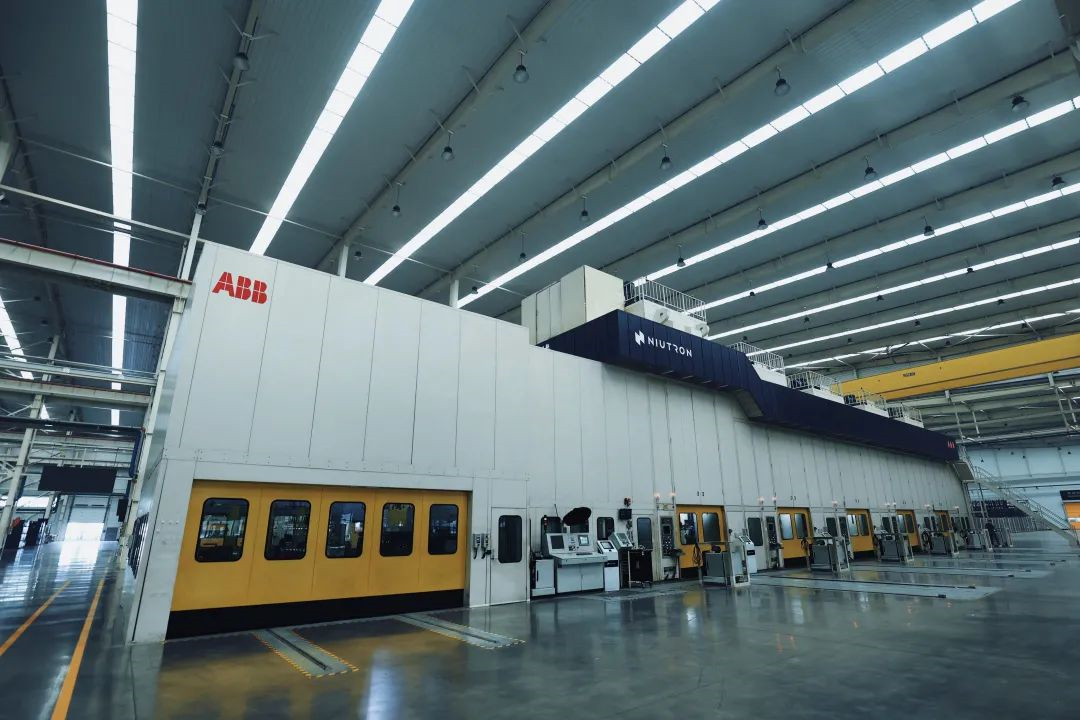
“Straight Man” Li Yanan
2021 is about to become history, and at the end of the year, new players such as Qingcheng era, Zhixing Hezi, Xiaomi Auto, and Ziyoujia have all joined the automotive industry. This also heralds the arrival of a new wave of car-making frenzy, but unlike the first wave, the new contenders are all trying to find untapped areas in the automotive industry as a lever for development.
From the name ‘Qingcheng Era’, we can easily see that their target audience is young people in the so-called Z generation, and their first product, VC, is a product that perfectly matches the brand positioning with powerful functionality. Zhixing Hezi focuses on the online car-hailing market, with a 1+1+2 cockpit layout specially designed for car-hailing scenarios. Xiaomi’s accumulated experience in the IoT field makes them more confident in car-making.
In the fiercely competitive market, it is essential for new car-makers to find a seemingly blue ocean space to tell their stories. Li Yanan and his Ziyoujia seem to be the outliers in the new league. In today’s media communication meeting, the four phrases Li Yanan mentioned most frequently were, “never thought about it,” “don’t know,” “not necessary,” and “no comment.”
Clearly, Li Yanan demonstrated pure straight-man thinking instead of having any particular story to share when it comes to car-making. When asked about the advantages of Ziyoujia compared to other new players, Li Yanan candidly replied, “To be honest, I really can’t say. We just need to do our own thing well.”
Even when faced with questions about how to operate their user system, Li Yanan straightforwardly said, “I also forgot about the question of user operation. To be honest, I don’t have an answer.” Later on, his colleagues helped resolve the issue, and Ziyoujia also established a specialized user operation team and is expected to build a user community system around the app in the later stages.To be honest, this doesn’t seem like the presentation that a new force in the automotive industry should have. Li Yi-nan presents himself as a straight male engineering type. This makes me curious about how he will manage this car company. With NIO backing him and various legendary experiences under his belt, Li Yi-nan already has a following entering the car-making industry. However, perhaps he underestimated the complexity of car-making?

Fearless against time, “hardcore” product strength
Recently, a photo taken in the original Changzhou Dacheng Automobile Factory was exposed online, revealing the car-making plans of Ziyoujia. Four disguised vehicles were lined up, with three of them being the Ideal ONE, BYD Tang, and Toyota Highlander. Netizens speculated that the car in the second position from the left is the brand new product of Ziyoujia, the NV. The other three are benchmark vehicles prepared internally by Ziyoujia.
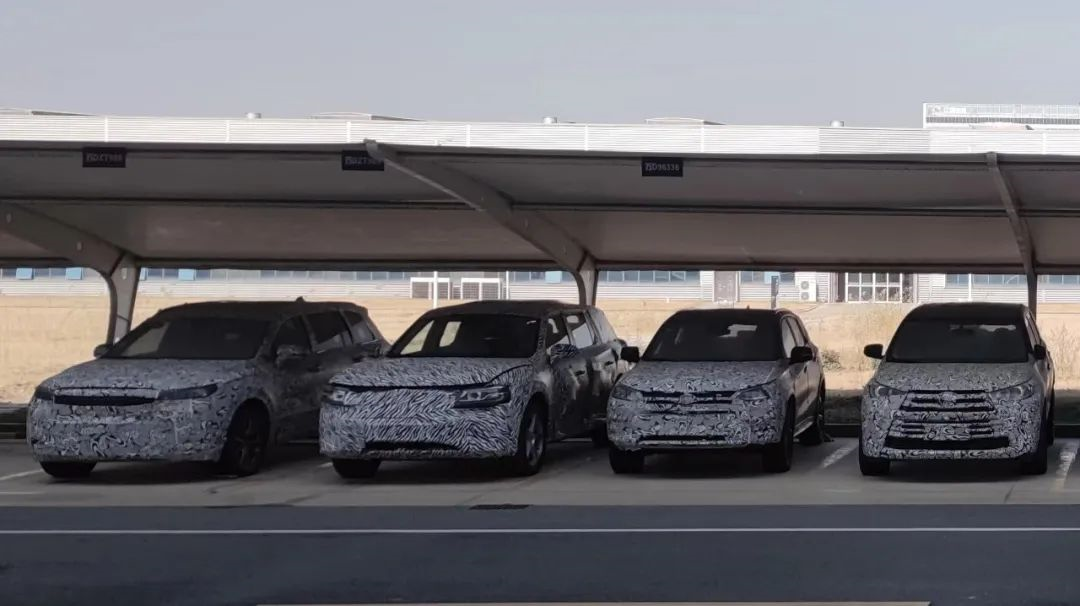
The factory located in Changzhou, Jiangsu, is positioned in the mid-to-large SUV market and will produce products with both extended-range and pure electric power forms on the Gemini twin platform. From the disclosed information, it is easy for us to associate Ziyoujia with Ideal Automotive. What’s even more interesting is that the way the media was welcomed at the entrance of the communication meeting was identical to that of Ideal’s press conference.
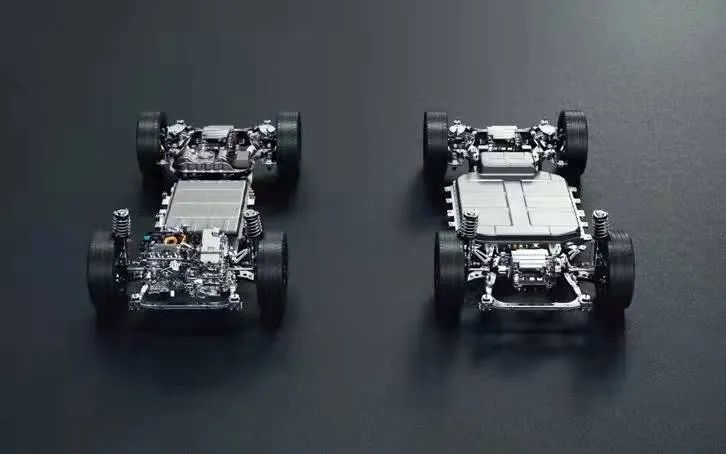
When asked directly if Ziyoujia is going to directly benchmark against Ideal, Li Yi-nan himself stated that they did not deliberately benchmark any car company or product. In his car-making philosophy, competition is not the top priority; bringing better products to users is. In my opinion, Ziyoujia is not copying Ideal but rather learning from their single-minded pursuit of improving product strength.
The opening method of lining up and clapping was first used by Apple. Apple’s advantage in the electronics market is innovation, while Ideal’s advantage is having a clear positioning and designing the final product around that positioning. If we compare the two, we can see that, regardless of their advantages, products are their ultimate focus. In Li Yi-nan’s words, Ziyoujia may be a car company that relies on hardcore product strength to establish a foothold in the market.
It is precisely because of this that Ziyoujia’s brand values are centered around continuous improvement, exploration, and joy.## Introduction
Unlike new and forceful car companies that talk about new stories and sing high pitches, Self-Traveling Home team has not revealed their vision and aspirations to us, other than their clear mass production plan. They seem to have prepared for a long-term market strategy, facing an increasingly competitive passenger car market. Establishing a brand that is both new and influential is not an overnight thing and cannot be achieved by hard promotion or bragging only.
Li Yinan mentioned in the communication meeting that they would focus on users but not by relying on a powerful service system to please them. Instead, they aim to give users a good experience, impress them with their products, and let more people know about Self-Traveling Home’s product strength through word of mouth.
As for how to create an excellent product, the Self-Traveling Home team did not reveal much during the communication meeting, and even the information of the parts supplier was not disclosed. However, we can obtain two key pieces of information from the public information:
-
A high-quality supplier environment in China is one of the reasons that motivated Li Yinan to enter the automotive industry.
-
In the early stage of enterprise establishment, Self-Traveling Home may adopt a way to cooperate deeply with suppliers to promote quick product landing.
“Just like when we were in school doing problems, there is not only one solution that can be used to solve the problem in this world. It may be possible to solve it in many ways, or it may be that other methods cannot be used, or it may be the most reliable method that everyone thinks, but it does not work in the end.” This was Li Yinan’s answer when facing the question of whether he would land the self-driving function through full-stack self-developing way. Although there was no clear answer, we can speculate that Self-Traveling Home is probably not going to start self-developing self-driving algorithm and function, and we will not see Self-Traveling Home’s product equipped with LiDAR in the short term.
Rather than investing a lot of manpower and material resources in a field with an unclear technical route and a bleak outlook, it is better to quickly land the function through cooperation, and free up more energy to develop the whole vehicle products. For a start-up car company, this is definitely the most sensible choice.
The Next Move of the Latter Waves
Finally, let’s talk about product-level things.
Self-Traveling Home NV adopts Urban Exploring design concept and has completed three rounds of engineering trial production, with an R&D test mileage of over one million kilometers. The first round of winter and summer tests has been completed, and the second round of winter tests is currently underway.
What we know so far is that Self-Traveling Home NV is a five-seat layout, positioned as high-end, and does not provide options for six or seven seats. The cabin adopts a 12.3-inch instrument screen + 15.6-inch vertical car machine screen. It is expected to be produced in small quantities in March 2022, and will be delivered to the first batch of users in September.
 # From the perspective of users, they will definitely compare the self-driving NV with the Ideal ONE, although the price range of the self-driving NV has not been announced yet, but the prices of three comparable models parked in the factory are between 200,000 and 350,000 RMB.
# From the perspective of users, they will definitely compare the self-driving NV with the Ideal ONE, although the price range of the self-driving NV has not been announced yet, but the prices of three comparable models parked in the factory are between 200,000 and 350,000 RMB.
At present, there are two products in the 300,000 RMB level plug-in hybrid large SUV market: Ideal ONE and BluePark Free. According to data from November, the monthly sales of Ideal ONE have exceeded 13,000 units, which even exceeds the hot Toyota Highlander.
Judging from the current market situation, only 3-5 popular models in each segment market have considerable sales, and the sales of the following products will drop precipitously. Therefore, compared with Ideal ONE, BluePark Free’s monthly sales of just over 1,000 units cannot be considered a rival.
At the product level, there is a common problem between the self-driving NV and BluePark Free: there is no clear target audience. BluePark Free positions itself as a high-performance luxury mid-size SUV, which is an “all-inclusive” positioning, but the market performance proves that users are not interested in a “I want everything” product.
Li Yinan said at the communication meeting that the self-driving NV does not have a clear user portrait, and there is no need to let the user portrait limit its freedom of creativity. The layout of five seats only meets general needs. Can the self-driving NV also be an “all-inclusive” product with strong product power on the basis of no clear target audience? This is still unknown.
In fact, no car company paid extra attention to user portraits before Ideal ONE, and no one can prove that a product without a clear target audience cannot succeed. But because of the popularity of Ideal ONE, users are likely to unconsciously associate mid-size SUVs with home positioning. If we look at the self-driving NV with such a preset standpoint, it is actually not advantageous.
Another disadvantage of the self-driving NV is the intelligent cockpit layout, which is similar to the above argument. At present, both Ideal ONE and BluePark Free use a car machine solution with an entertainment screen for the co-pilot, but from the information disclosed by the self-driving company, this product does not use a co-pilot entertainment screen, but instead uses a larger main machine screen, which may be slightly inferior to competitors in expanding car machine capabilities.
Conclusion:
Li Yinan introduced himself that as early as 2014, he had started thinking about whether to enter the car-making industry. The reason why he did not take action at that time was that he personally assessed that he did not have the ability to raise 3 billion dollars. From his car-making dream to today’s 7 years, his life experience has been full of ups and downs, and he also witnessed his friend Li Xiang’s Ideals’ epoch-making success in the automotive market.
However, will the persistent Li Yinan give up? Obviously not!
This article is a translation by ChatGPT of a Chinese report from 42HOW. If you have any questions about it, please email bd@42how.com.
